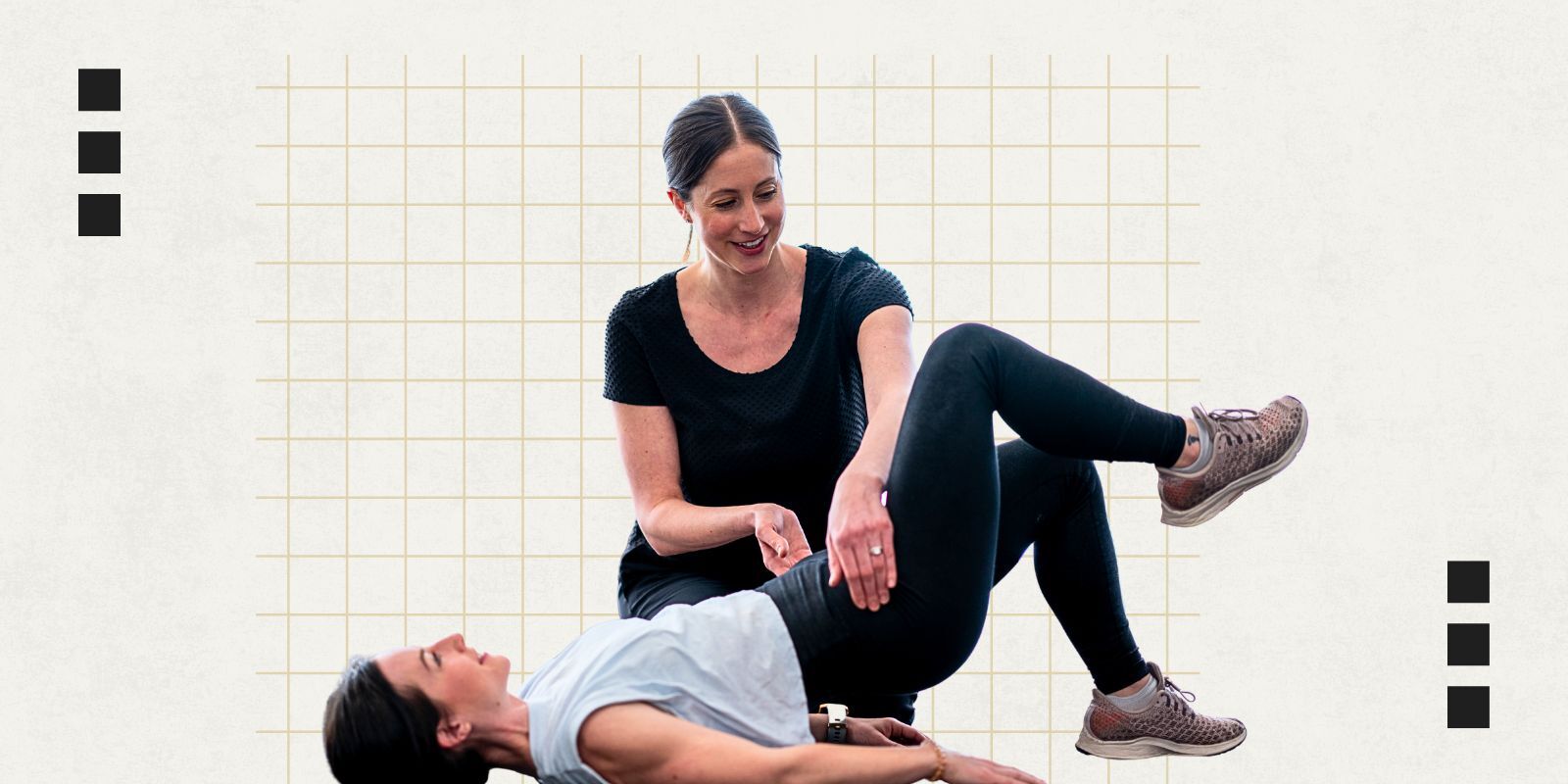Orthopedic surgeon Rachel Frank, MD, went straight to the source for her new textbook on treating female athletes: All of the book’s primary authors are women.
“We invited exclusively authors who are recognized nationally and internationally as content and thought leaders in their particular chapter areas, and those authors happen to be women,” says Frank, associate professor of orthopedics at the University of Colorado School of Medicine. “We didn’t invite authors just because they are women, but in the field of orthopedics, nearly 94% of surgeons are male. This text is an interruption to the repetitive cycle of men at the podium, and men writing the chapters, and allows some really amazing surgeons, who aren’t always given the same opportunities as our male counterparts, a chance to shine.”
The book, “The Female Athlete” (Elsevier, 2021), is the first text of its kind for treating female athletes ranging from weekend warriors to Olympians. It was conceived and edited by Frank and colleagues Mary Mulcahey, MD, of the Tulane University School of Medicine, and Dr. Elizabeth Matzkin, MD, of Harvard University’s Brigham and Women’s Hospital.
“There are a lot of nuances in female patients compared to male patients in all aspects of medicine, including diagnosis, treatment, and surgeries,” Frank says. “Some things are the same, but many are not. If you don’t know about those subtle differences, then you might mistreat or misdiagnose someone.”
Keeping athletes in play
Among those differences are tissue hypermobility, the effects of concussions — which occur differently and more often in women than in men — and ACL injuries.
“ACL tears are a common injury pattern in sports medicine, and women are up to seven times more likely to tear their ACL than males,” Frank says. “We’ve known that for over three decades, and we still don’t know how to fix that problem. We’re getting better, but we’re not there yet.”
Other chapters in the book cover such topics as hip anatomy and biomechanics, ankle instability, rotator cuff injury, and stress fractures. Prompt and correct treatment of these and other conditions is key to keeping athletes on the field, says Frank, who also is head orthopedic surgeon for the Colorado Rapids and a network team physician for U.S. Soccer.
“In the high-level athlete, treatment that does not result in the ability to return to pre-injury level of play can have detrimental implications,” she says. “Not only can the athlete’s physical, mental, and emotional health suffer, but injuries may impact the athlete’s career longevity, as well as future financial productivity. Efforts must be made to optimize care for athletes on an individual, patient-specific level.”
Sports background
Frank, a faculty member at the CU School of Medicine since 2017, came to the world of orthopedics as an athlete herself — she played Division I soccer at the University of Illinois for four years before a series of seven knee surgeries turned her focus to a career in medicine.
“That led to me doing a lot of research in the area of sports medicine, knee surgery and cartilage restoration, and ultimately led me to doing what I do here,” she says.
As a sports medicine surgeon, she says she most appreciates the opportunity to help people get back to doing what they love to do.
“I’ve been that patient where your world is turned upside down and you never asked for it — all you were doing was playing your sport, or training, and suddenly you get hurt, and it’s devastating,” she says. “Now, as a surgeon and a physician, I get to play a small role every single day in helping people get through what is a very devastating time in their lives and get back to themselves, back to what they love. There’s nothing better I can do with my time."



